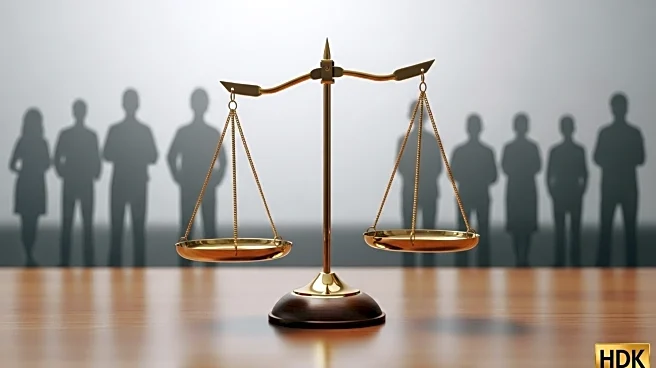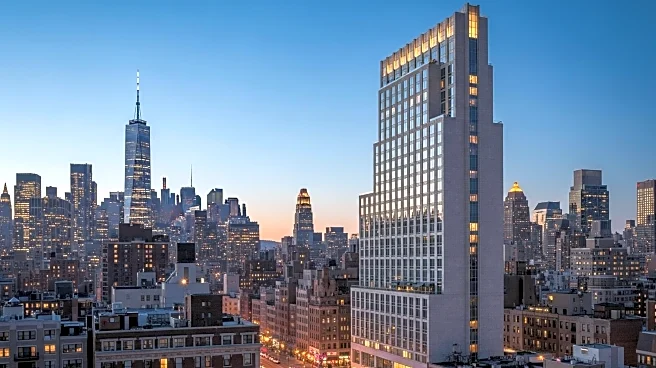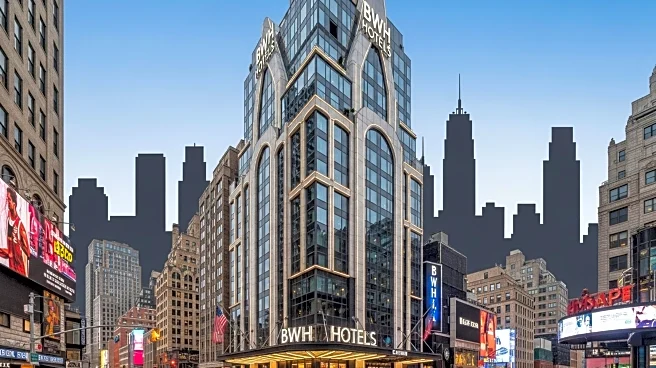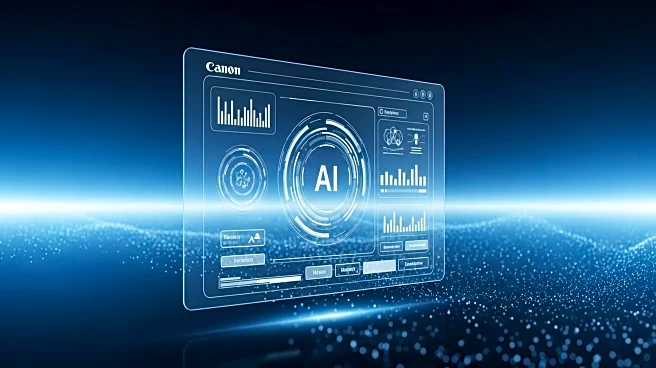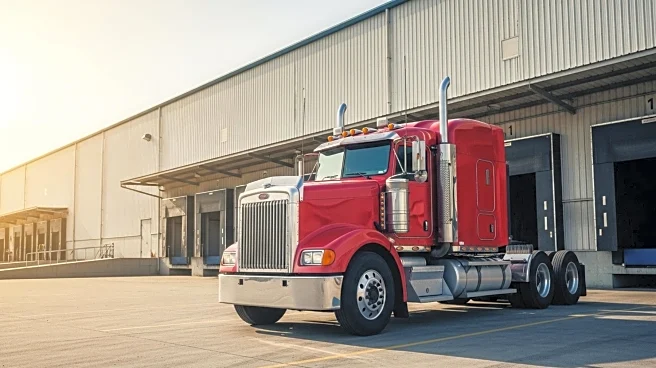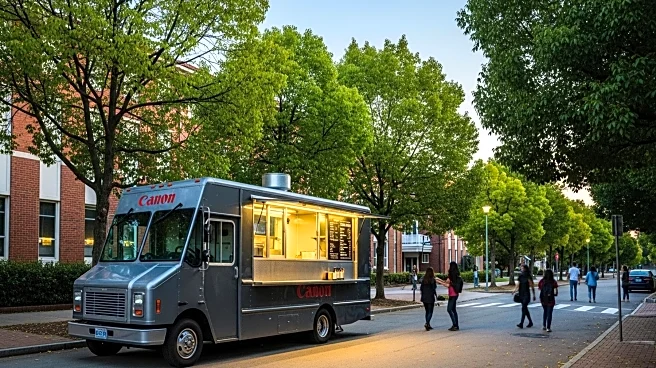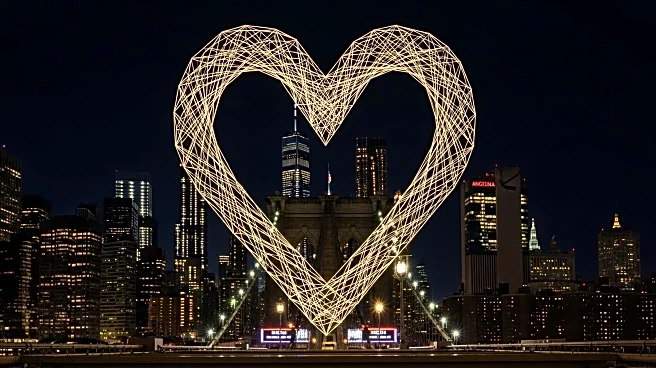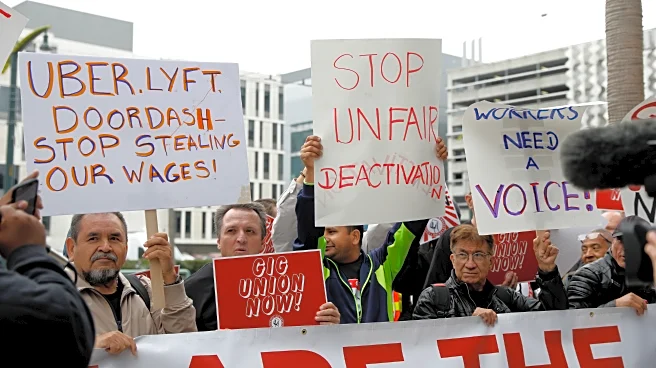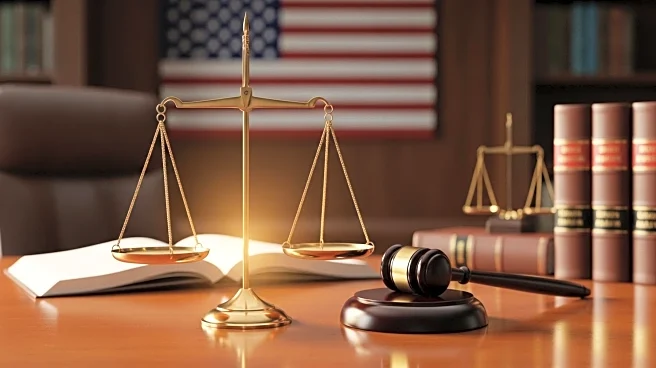What is the story about?
What's Happening?
Labor Day, originally established as a political holiday by the trade-union movement, was intended to celebrate the rights of workers to bargain collectively and strike for their demands. Historically, Labor Day parades were significant events, with the first parade held in New York City in 1882. However, the holiday has evolved into a time for sales, cookouts, and back-to-school preparations, reflecting a decline in union influence. In 1954, union membership included over one-third of U.S. workers, but today only 5.9% of private-sector workers are union members, while nearly a third of public-sector workers are unionized. This shift has led to a decrease in public support for unions and the prominence of Labor Day parades.
Why It's Important?
The transformation of Labor Day from a union-centric holiday to a more commercialized event highlights the changing landscape of labor relations in the United States. The decline in union membership, particularly in the private sector, suggests a shift in worker representation and advocacy. This change impacts labor policies, worker rights, and the ability of unions to influence political and economic decisions. As unions become more associated with public-sector jobs, the debate over their role in government service continues, affecting public perception and support for organized labor.
What's Next?
The future of Labor Day celebrations may continue to reflect broader trends in labor relations and union influence. As unions adapt to the changing workforce, their strategies and roles may evolve, potentially affecting public policy and labor laws. The ongoing discussion about the place of unions in government service could lead to legislative changes or shifts in public opinion. Additionally, the focus on public-sector unions may prompt debates about their impact on government efficiency and employee rights.
Beyond the Headlines
The decline in union influence raises questions about worker advocacy and representation in the modern economy. As unions struggle to maintain relevance, alternative forms of worker organization and advocacy may emerge, potentially reshaping labor relations. The cultural significance of Labor Day as a tribute to workers may also evolve, reflecting broader societal changes in the perception of labor and employment.
AI Generated Content
Do you find this article useful?
